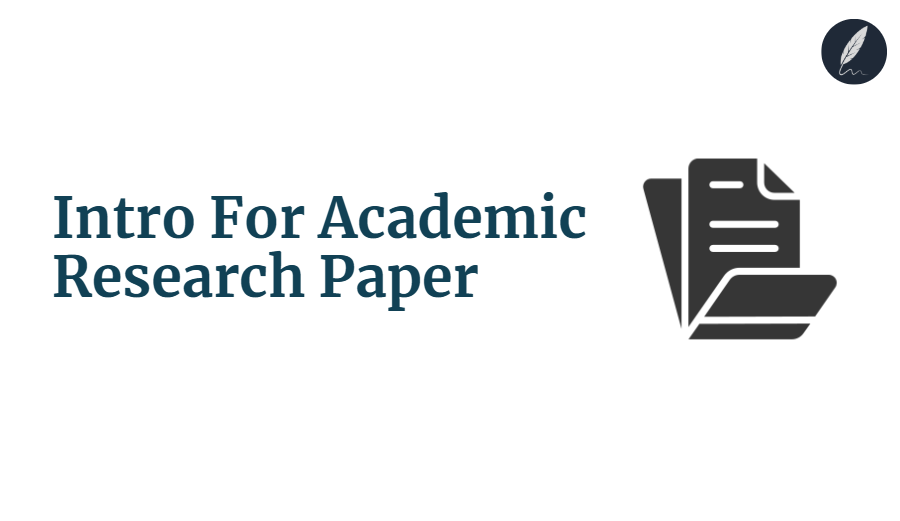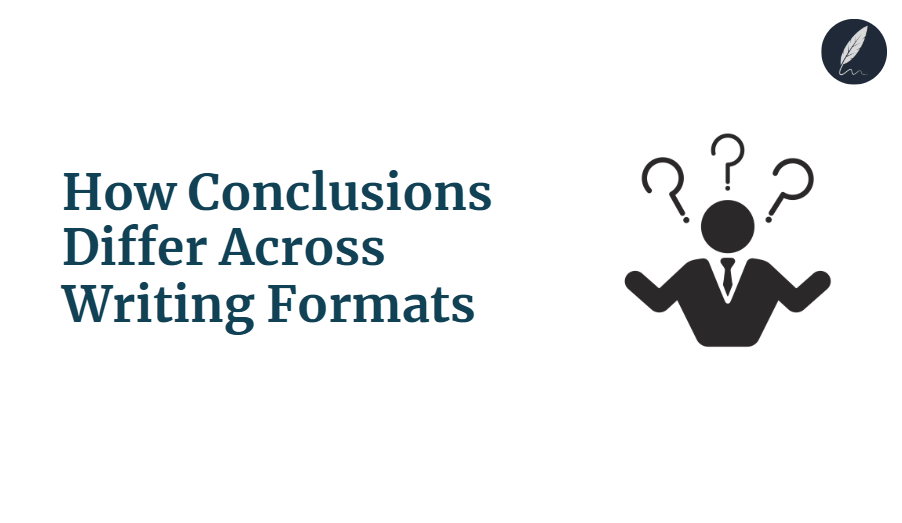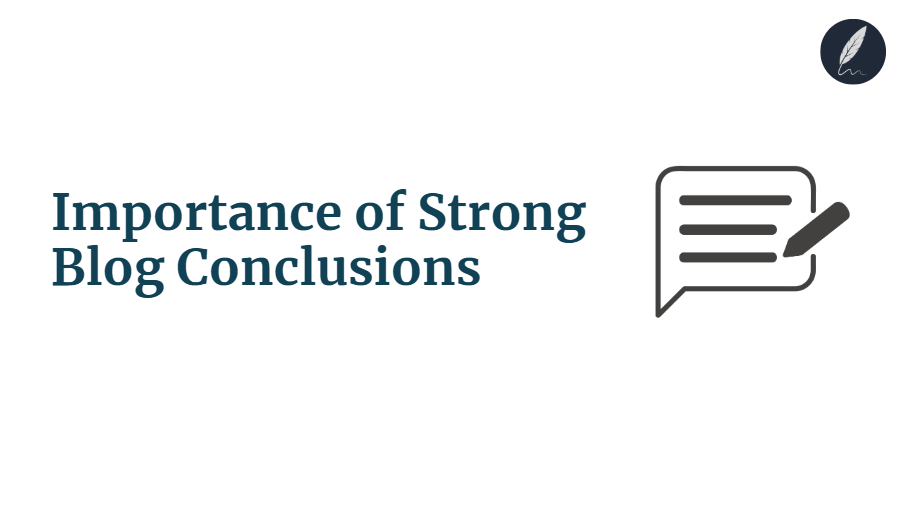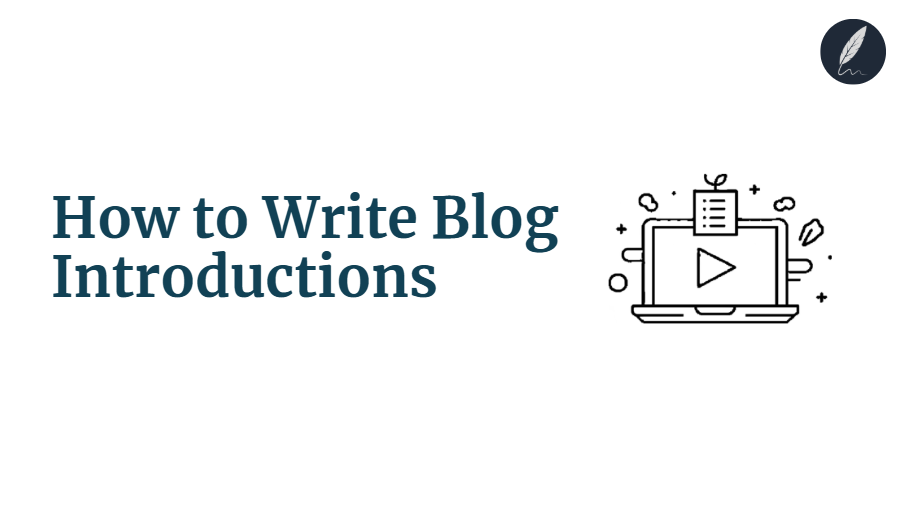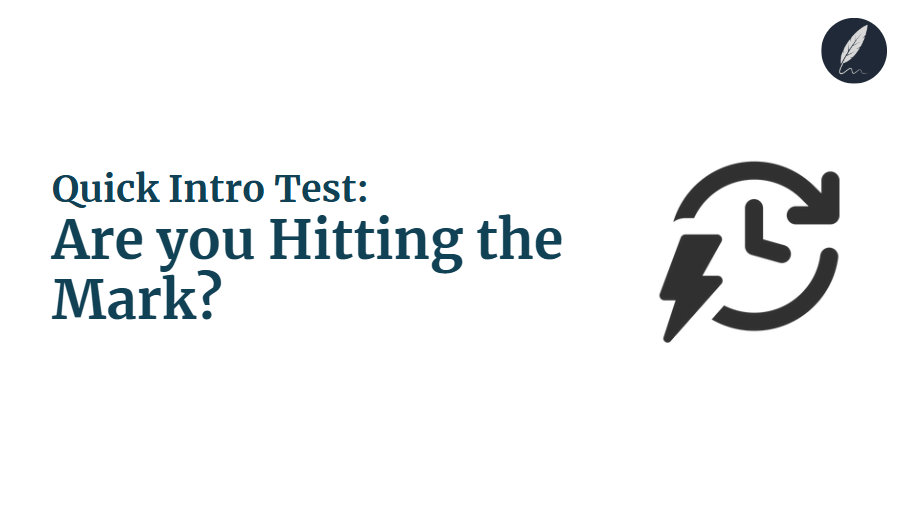Crafting a strong academic research paper introduction can make or break your entire project.
This critical opening section sets the stage, hooks your reader, and presents your main argument, all while establishing your credibility as a researcher.
Whether you’re a student tackling your first research paper or an experienced academic, mastering the art of introduction writing is essential for success.
Mastering how to start an academic research paper effectively can truly elevate your work, ensuring your valuable ideas receive the attention and recognition they deserve.
Let’s explore the proven strategies and examples that will transform your opening paragraphs into compelling, professional introductions.
Key Takeaways
- Compelling Hook: Start with thought-provoking questions, relevant statistics, or compelling facts to immediately capture reader attention.
- Background Context: Use the funnel approach—begin broadly with general context, then gradually narrow focus to your specific research area.
- Problem Statement: Clearly identify the research gap or issue your paper addresses, explaining why this problem needs solving.
- Purpose & Aim: State your study’s objectives directly using phrases like “This paper aims to…” or “This research investigates…”
- Strong Thesis: Include an arguable, specific thesis statement that directly addresses your research question and guides the entire paper.
- Paper Roadmap: Briefly outline your paper’s structure so readers know exactly what sections and arguments to expect ahead.
Why a Strong Academic Introduction is Non-Negotiable
The introduction of any academic paper isn’t just a formality, it’s the welcoming mat, the sales pitch, and the roadmap all rolled into one.
It’s the first chance you get to connect with your reader and show them why your work is worth their time. A strong academic paper introduction is crucial because it sets the stage for everything that follows.
Here are the core reasons why your introduction is non-negotiable:
1. Establishing Credibility
A clear, well-written, and concise academic paper introduction immediately shows that you know your topic and have thought carefully about your research. It signals to your professors, peers, or journal reviewers that you are a competent and authoritative writer.
In fact, research shows that readers often decide whether to continue reading a piece of content within the first few seconds.
A poorly structured or unclear opening can cause them to question your expertise before they even reach your main arguments.
2. Setting Expectations
A great introduction acts like a guide, telling your reader exactly what to expect from your paper.
It outlines the main points you will cover and the questions you aim to answer. This helps prevent confusion and ensures your reader follows your argument from the beginning.
It clarifies the scope of your work, what you will discuss and, often, what you won’t. By clearly stating your main argument or thesis, you provide a clear framework, allowing readers to understand the purpose of every section that follows.
3. Capturing Attention
In today’s fast-paced world, grabbing and holding a reader’s attention is a major challenge.
Your academic paper introduction must hook your audience from the very first sentence. If it’s dull or generic, readers might lose interest quickly and move on to something else.
4. Laying the Foundation
Before diving into your research findings or detailed analysis, readers need some background.
Your introduction provides this necessary context, helping them understand the broader topic before narrowing down to your specific study.
It connects existing knowledge to the new ideas or arguments you are presenting.
This foundational information is critical for readers to fully grasp the significance of your research and how it fits into the larger academic conversation.
The Essential Elements of a Powerful Academic Introduction
Understanding the key elements of research paper introduction and knowing what to include in academic paper intro can truly set your work apart.
This section will break down these essential components, offering practical advice and academic essay introduction examples to help you master the art of writing academic introductions.
1. The Compelling Hook:
The hook is your opening statement, designed to catch the reader’s interest and introduce your topic broadly. It’s the first impression, so it needs to be thoughtful and relevant to your academic field.
Here are various types of effective academic hooks, along with examples of strong academic introductions for each:
- Thought-Provoking Question: Poses a question that your paper will try to answer. This draws the reader into the intellectual journey.
- Example (Sociology): “How do shifting socio-economic landscapes impact rates of civic engagement in post-industrial societies, and what role do community organizations play in fostering participation?”
- Relevant Statistic or Fact: Presents a compelling piece of data that highlights the importance or scale of your topic. This grounds your paper in concrete reality.
- Example (Environmental Science): “Global average temperatures have risen by approximately 1.1 degrees Celsius since the pre-industrial era, with 2023 marking the hottest year on record, underscoring an urgent need for sustainable energy solutions.”
- Brief Historical Overview: Provides a concise historical context relevant to your subject. This helps readers understand the evolution of your topic.
- Example (History): “The Enlightenment, a period marked by profound intellectual and philosophical flourishing in the 18th century, fundamentally reshaped political thought across Europe, laying the groundwork for modern democratic ideals and individual rights.”
- Compelling Anecdote (use with caution): A brief, pertinent story or scenario. While less common in very formal academic writing, a well-chosen anecdote can personalize a topic. Ensure it is directly relevant and professional.
- Example (Education): “In a recent study involving primary school students, a single interactive lesson incorporating hands-on experiments dramatically transformed student participation and retention of complex scientific concepts, underscoring the potential of active learning strategies.”
- Actionable Insight: When considering writing the introduction, avoid overly dramatic or informal hooks. Your hook should always align with the formal, objective tone expected in academic writing.
2. Background and Context:
After your hook, you need to provide necessary background information. This gradually narrows your topic from a broad area to your specific research problem.
- From Broad to Specific:
- Begin with general statements about the wider field or topic. For example, if you’re discussing specific treatments for a disease, start with general information about the disease itself.
- Progressively narrow your focus to the specific area your paper addresses. This creates a smooth transition from general knowledge to your unique contribution.
- Providing Necessary Foundational Knowledge
- Always assume your reader is intelligent and educated, but not necessarily an expert in your very specific niche.
- Define any complex terms or concepts that might not be familiar to a general academic audience, especially if your hook didn’t introduce them.
- Example (Case Study Setup): Imagine you are writing academic introductions for a paper about the impact of artificial intelligence on healthcare. You would start broadly by discussing the rise of AI in general, then narrow it down to its increasing presence in medicine, before focusing on the specific aspect your paper will explore, such as AI’s role in diagnosing rare diseases. This layered approach ensures your reader is fully prepared for your specific argument.
3. The Problem Statement or Research Gap:
This is where you clearly articulate the specific issue, question, or void in existing literature that your paper intends to address. It justifies why your research is important.
- Clearly Articulating the Problem
- State the specific challenge, controversy, or debate your paper will tackle. Why is this issue significant?
- For example, if current research shows a lack of effective solutions, or if there’s a disagreement among experts, clearly state it.
- Pinpointing the Missing Piece in Literature
- Highlight what previous research has not adequately covered. This is your “research gap.”
- Identify the limitations of current understanding that your study will fill. This shows your contribution to the academic conversation. Research often builds on what came before, and identifying a gap proves your work is necessary.
- Actionable Insight: This section of your academic paper introduction is where you clearly justify your paper’s existence. Why should anyone read it? What new insights or solutions will you offer?
4. Purpose and Aim of the Study:
Once you’ve identified the problem, you need to state what your paper aims to do about it. This clearly sets the reader’s expectations for your work.
- Stating Your Objectives Clearly
- Use direct phrases like: “The purpose of this study is to…”, “This paper aims to…”, “This research investigates…”, or “The primary goal of this article is to…”.
- Be precise about what your paper will achieve or demonstrate. For example, will it analyze, compare, evaluate, propose, or explore? Clarity here is key for tips for writing compelling academic intro.
5. The Definitive Thesis Statement:
The thesis statement academic paper is the absolute core of your academic paper introduction. It’s a clear, concise, and arguable statement that serves as the central claim or main argument of your entire paper.
It tells your reader exactly what position you will defend or what specific point you will prove.
- Characteristics of a Strong Thesis Statement
- Clear, Concise, Arguable: It presents a definite stance, not just a statement of fact. Someone should be able to disagree with it, which then allows for your paper to provide evidence to support your side.
- Specific, Not General: Avoids vague language. It focuses on a particular aspect of your topic, rather than trying to cover too much.
- Directly Addresses the Prompt/Problem: It directly answers your research question or responds to the problem statement you’ve identified.
- Contestable: A good thesis statement can be debated. If everyone already agrees with your statement, there’s no need for a paper to prove it.
- Strong vs. Weak Thesis Statements (weak academic introduction examples / examples of strong academic introductions)
- Weak: “This paper is about the effects of social media.” (Too broad, no arguable point, doesn’t tell the reader what specific “effects” or argument will be made.)
- Strong: “While often lauded for its capacity to foster connectivity, the pervasive daily use of social media among adolescents significantly correlates with increased instances of anxiety and decreased self-esteem, necessitating targeted educational and intervention strategies.” (Specific, arguable, and states a clear relationship.)
- Weak: “Climate change is a big problem.” (Obvious, lacks specificity, and offers no original argument.)
- Strong: “Despite persistent political resistance and economic challenges, the urgent and escalating impacts of anthropogenic climate change necessitate immediate, global policy shifts towards diversified renewable energy sources and advanced carbon sequestration technologies to mitigate irreversible environmental degradation and ensure long-term ecological stability.” (Specific, complex, arguable, and proposes solutions.)
- Actionable Insight: Your thesis statement acts as a compass for both you and your reader. It guides your research and argument, and it helps your reader follow your logic throughout the paper. Ensure it is robust, clearly defined, and can be supported by evidence.
6. The Roadmap (Overview):
The final component of your academic paper introduction is a brief roadmap or overview.
This outlines the structure of your paper, guiding the reader through the subsequent sections and ensuring a logical flow.
- Briefly Outlining Your Paper’s Structure
- Indicate the main points or sections the paper will cover, in the order they will appear. This helps set expectations and improves readability.
- It provides a clear mental outline for your reader, making it easier for them to follow your argument.
- Example: “This paper will first examine the historical context of the debate surrounding standardized testing, then analyze key theoretical frameworks of educational assessment, followed by a case study illustrating the practical implications of current policies on student outcomes, before concluding with recommendations for future pedagogical approaches.”
Write smarter with Orwellix
The Orwellix AI Capabilities that helps you craft clearer, more effective content.
Common Pitfalls to Avoid When Writing Your Introduction
Even with a clear understanding of the above essential elements, writers often fall into common traps when crafting academic paper introductions.
Avoiding them will significantly strengthen your paper’s opening and ensure your reader stays engaged.
1. Being Too Broad or Too Narrow
A common mistake is starting your introduction either too generally or too specifically.
- Too Broad: Some introductions begin with sweeping statements that could apply to almost any topic, like “Since the dawn of time, humans have sought knowledge…” or “In today’s complex world…” These openings fail to immediately connect with your paper’s specific subject. They do not quickly guide the reader to your area of study.
- Too Narrow: On the other hand, jumping directly into highly specific details without providing enough general context can confuse your reader.
- Correction: Remember the “funnel” approach discussed earlier. Start with a broader, but still relevant, statement about your field. Then, gradually narrow the focus to your specific research area. This helps your reader follow your logic step-by-step without feeling lost or overwhelmed.
2. Including Irrelevant Information
Every sentence in your introduction should serve a purpose. Adding details that don’t directly lead to your thesis or enhance understanding is a common mistake.
- Issue: Sometimes writers include fascinating facts or interesting historical tidbits that, while true, do not contribute to establishing the paper’s purpose or problem. This can distract the reader and dilute the impact of your main points.
- Correction: Be strict with your content. Ask yourself: Does this sentence help build context? Does it define a key term? Does it lead directly to my problem statement or thesis? If not, it likely doesn’t belong in your introduction. Focus on keeping your introduction concise and purposeful.
3. Failing to Establish Significance
Your paper exists for a reason. Not explaining why your topic or research problem matters is a missed opportunity.
- Issue: An introduction might outline a problem but fail to explain its importance. Readers are left wondering: Why should I care about this research? What difference does it make to the academic community or to society at large?
- Correction: Clearly articulate the importance and relevance of your study. This usually happens in your problem statement or purpose section. Explain the potential impact of your research or the consequences of the problem you are addressing. Show your reader why your work is worthy of their attention.
Conclusion
A strong academic paper introduction is the key to your paper doing well.
It’s the first thing your readers see, and it sets the stage for everything else. This opening part helps readers understand your topic, get the background they need, and know what your main argument is.
By mastering how to start an academic research paper with a good hook, clear background, and a strong thesis statement academic paper, you make your paper immediately powerful.
With practice, you can ensure your introduction makes a strong impact, leading your readers clearly through your ideas.
Frequently Asked Questions (FAQs)
1. How long should an academic paper introduction be?
The length of an academic paper introduction usually depends on the overall length of your paper.
As a general rule, it should be about 10-15% of your total word count.
For instance, a 10-page paper might have an introduction that is roughly one page long. Shorter papers will naturally have shorter introductions.
The key is to include all essential elements: hook, background, problem, purpose, and thesis statement without being too wordy.
Focus on being clear and concise rather than hitting a specific word count.
2. Should I write my introduction first or last for a research paper?
You can approach writing academic introductions in two main ways. Many writers find it helpful to draft their introduction first. This initial draft acts as a guide or roadmap for the rest of your paper.
However, because your ideas and arguments might evolve as you write, it’s very common and often best to revise or even fully write your introduction last.
By then, your main points and conclusions are clear, allowing you to craft a perfectly aligned and compelling opening.
3. Can I use ‘I’ or ‘we’ in an academic introduction?
Whether you can use “I” or “we” (first-person pronouns) in an academic paper introduction depends greatly on your academic discipline, the specific journal or publication you’re writing for, and your professor’s guidelines.
Traditionally, many fields prefer objective, third-person language to maintain a formal tone.
However, in some disciplines, particularly in social sciences or when writing a research paper with multiple authors, using “we” (e.g., “We investigated…”) or even “I” (e.g., “I argue that…”) can be acceptable or even encouraged.
Always check your assignment instructions or target journal’s style guide.
4. What’s the difference between an abstract and an introduction?
While both appear at the beginning of an academic paper, an abstract and an introduction serve very different purposes.
An abstract is a brief, standalone summary (typically 150-300 words) of your entire paper, covering its purpose, methods, key findings, and conclusions. It helps readers quickly decide if they want to read the full paper.
An introduction, on the other hand, sets the stage for your paper. It provides background, identifies the problem or research gap, and presents your thesis statement, guiding the reader into the body of your argument.
5. How do I cite sources in an academic introduction?
Yes, you should cite sources in your academic paper introduction when you refer to information that isn’t common knowledge. This includes:
- Statistics or facts: For example, “Globally, plastic waste has increased by 40% in the last decade (Smith, 2022).”
- Background information: When you summarize existing research or theories.
- Identifying the research gap: When you mention what previous studies have shown or missed.
Citing sources properly gives credit to original authors and builds your credibility.
Use the citation style required by your institution or publication (e.g., APA, MLA, Chicago). This demonstrates that your academic paper introduction is built on solid, verifiable information.
Join 10,000+ Professionals
Unlock your potential with Orwellix. Experience advanced features and tools designed to enhance your writing and productivity.
Get Started with Orwellix